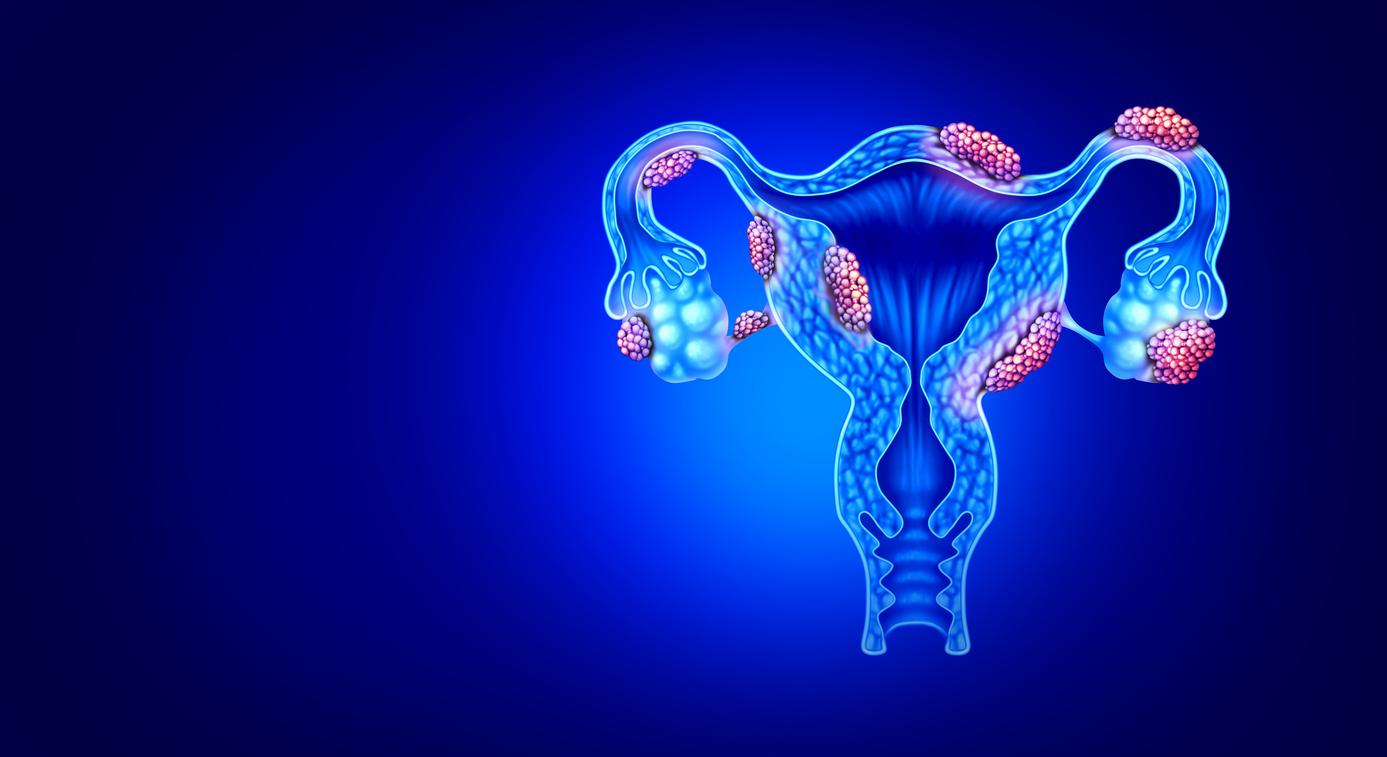Yes, judging by a recent American study. Carried out in 2011, it brought together more than 400 people aged 20 to 65 and suffering from back pain chronic (of non-organic cause). The panel was divided into three cohorts, each having followed one of the following treatment protocols: structural massage with stretching and application of pressure on the fascia; Swedish massage which is both relaxing and invigorating; allopathic treatment for pain and inflammation, combined with exercise and prevention. At the end of the study, 62 to 65% of the participants in the two “massage” groups reported an improvement in their physical condition compared to 38% in the group having followed conventional treatment. For researchers, the ideal against the evil of the century would therefore be to combine classic allopathic treatment, massage therapy, physical exercises and prevention.
Should a good massage hurt?
The fundamental rule is “do no harm”, immediately indicates the founder of Tip Touch. We must of course identify the area of sensitivity of the person, to work just below and have results, but a massage well done should not hurt. The practitioner must work with the body and not against it. »During the massage, it is indeed a real dialogue that takes place between the hands of the practitioner and the body of the person being massaged. By attentive body listening and a benevolent touch, a good practitioner knows how to detect knots of tension. He must also know the “trigger points” (trigger points), these areas where the microtensions are lodged, which must be worked with the greatest care at the risk of literally making you jump on the table. A subtle balance in short, that only a good training and a real sense of touch, benevolent and conscious, can guarantee.
















